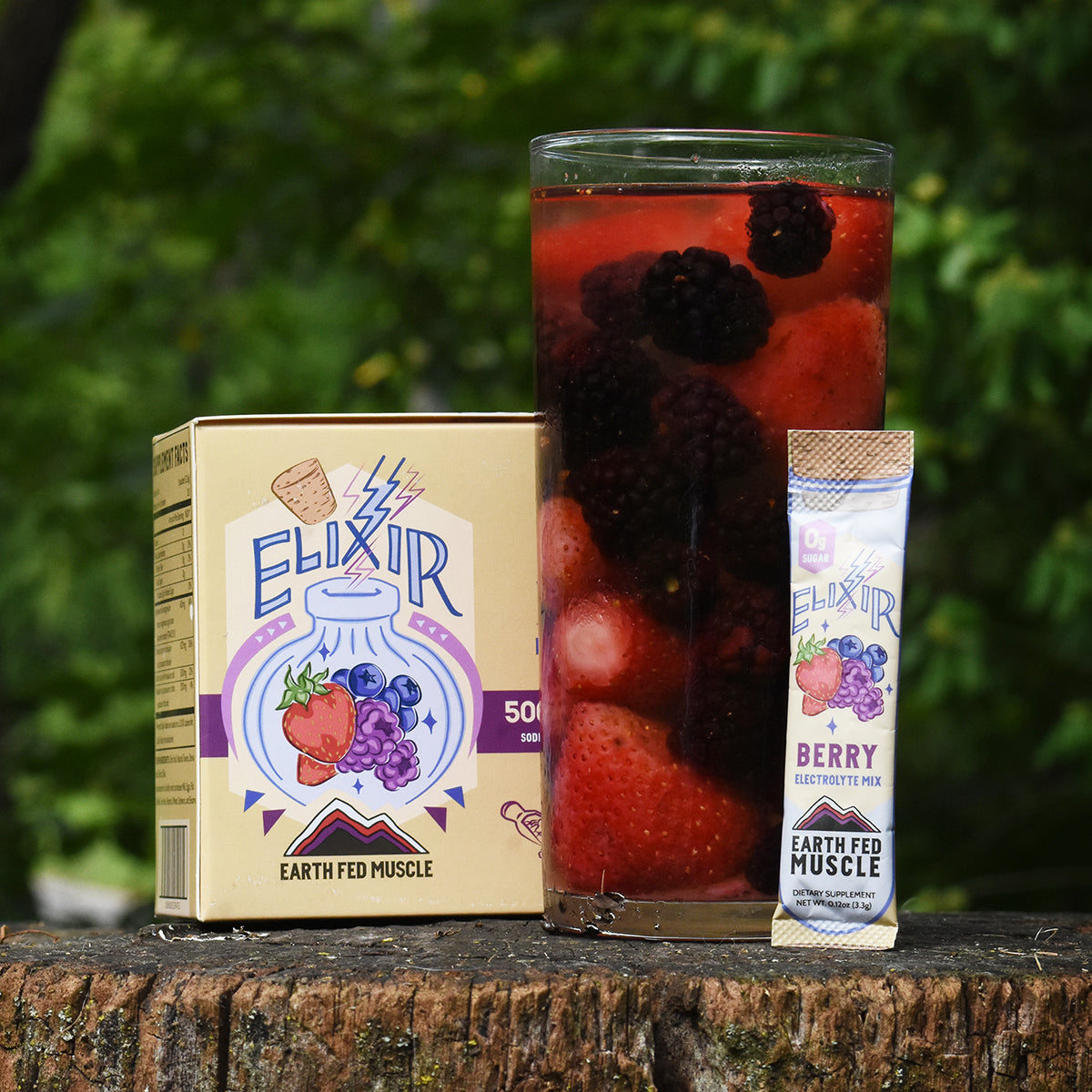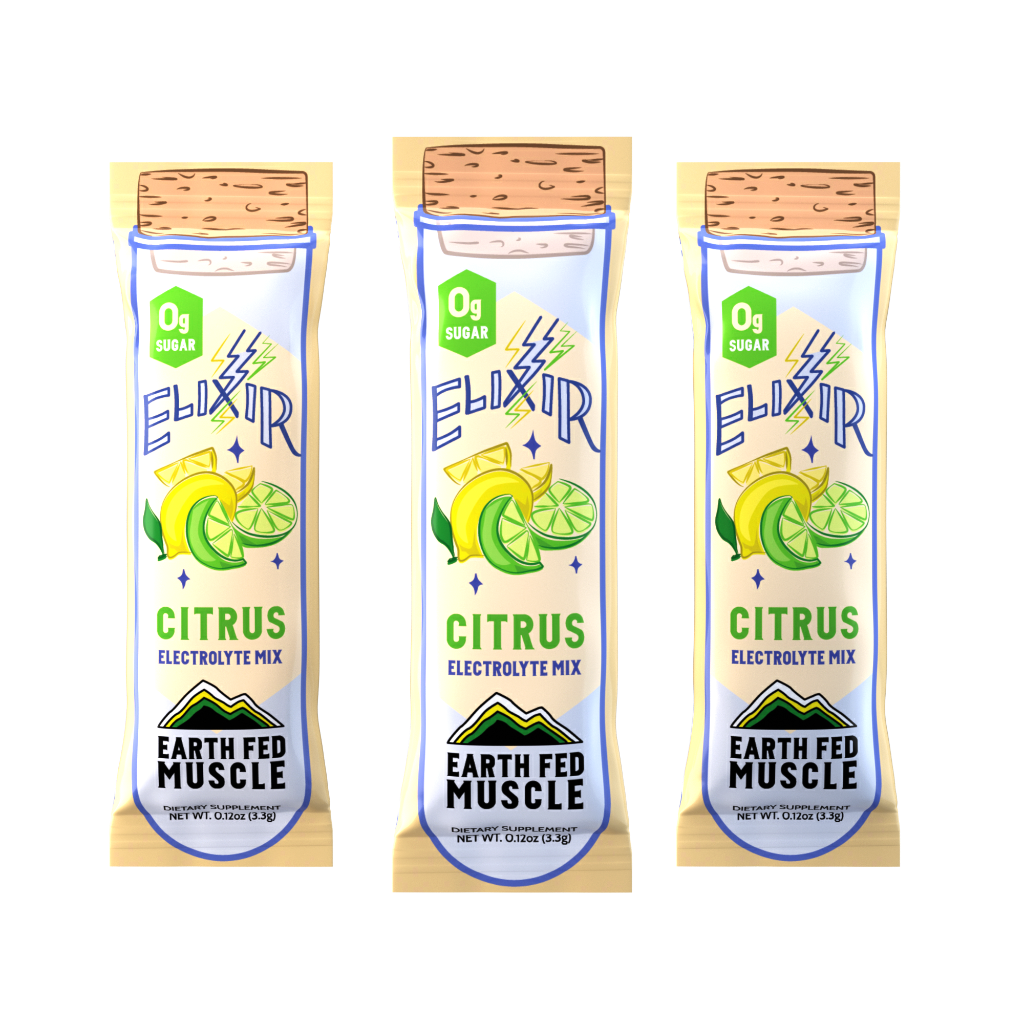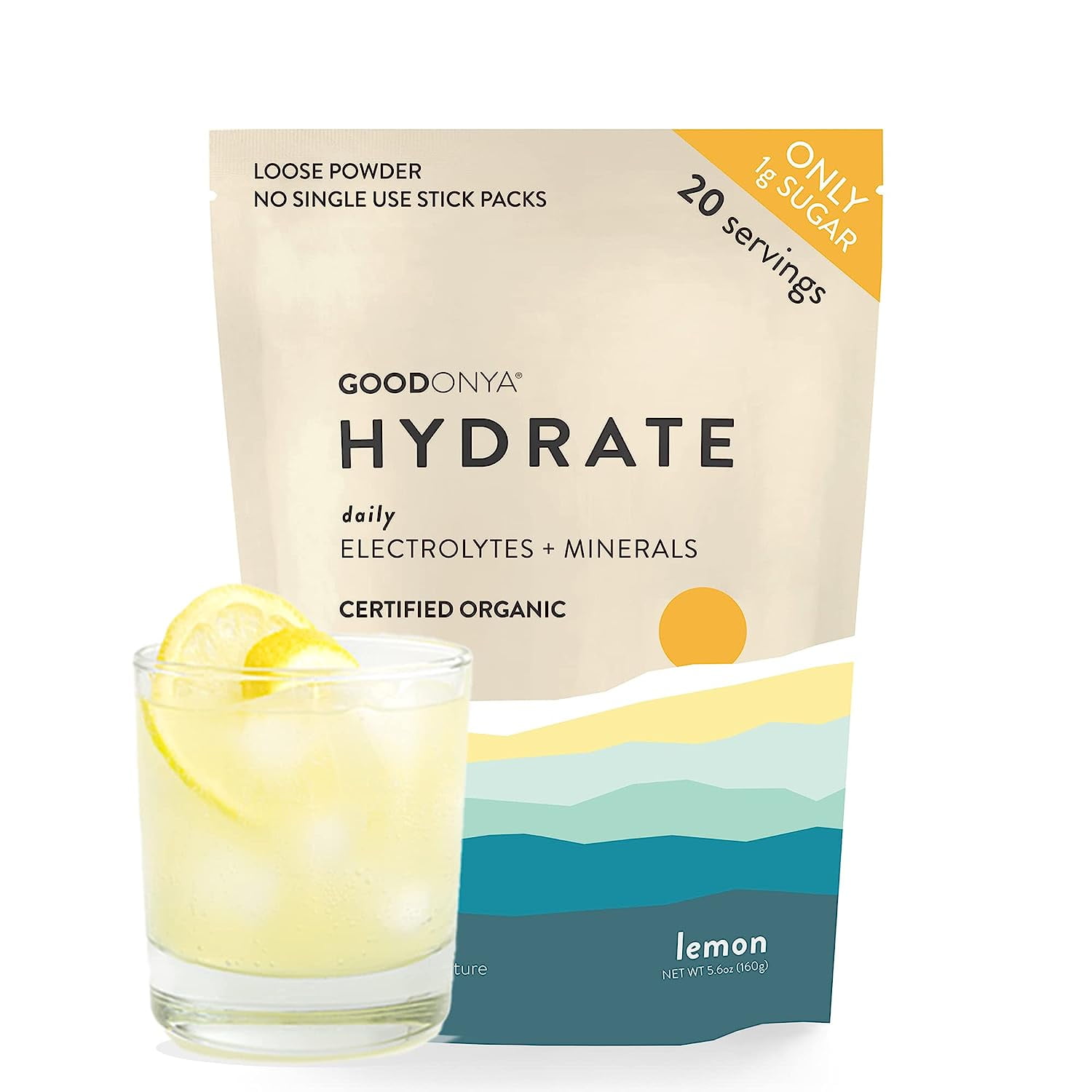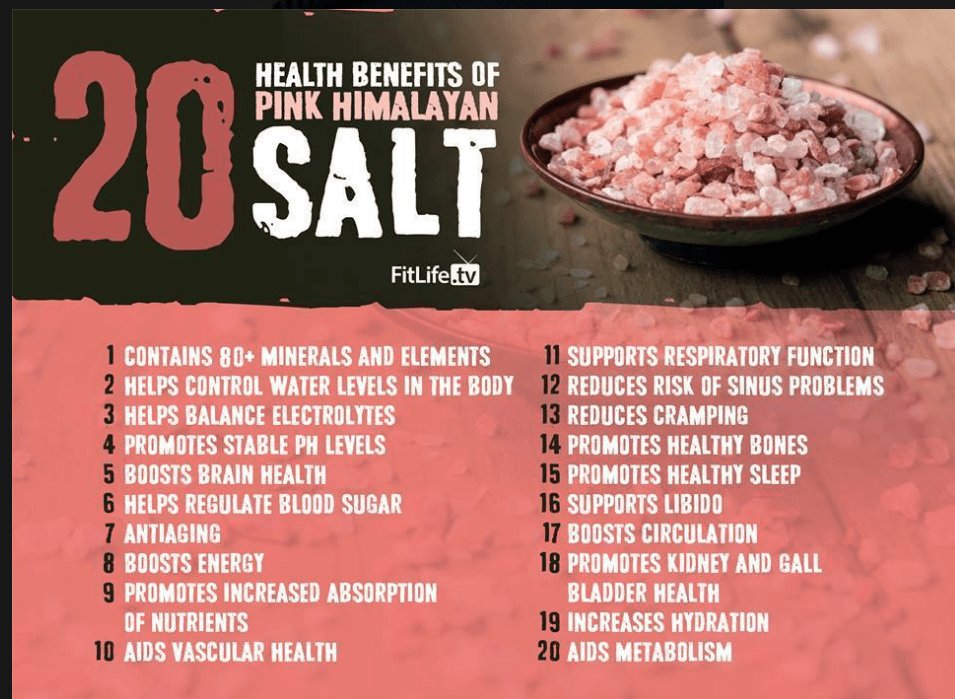How Much Himalayan Salt In Water For Electrolytes

As health and wellness trends surge, the practice of adding Himalayan salt to water for electrolyte replenishment has gained considerable traction. However, determining the appropriate amount of Himalayan salt to use remains a subject of debate and often misinformation. This article explores the science-backed recommendations and potential risks associated with this practice.
The key question lies in understanding the electrolyte balance and individual needs. It's crucial to differentiate anecdotal advice from scientifically sound guidelines. This information will help individuals make informed decisions about their hydration and electrolyte intake.
What are Electrolytes and Why are They Important?
Electrolytes are essential minerals like sodium, potassium, calcium, and magnesium. They carry an electrical charge and play a crucial role in various bodily functions. These functions include muscle contraction, nerve impulses, and fluid balance.
Sweating during exercise, illness involving vomiting or diarrhea, and even daily activities can deplete electrolyte levels. Replenishing these electrolytes is vital to maintain proper bodily function. That's why many turn to solutions like sports drinks or homemade electrolyte mixtures.
Himalayan Salt as a Source of Electrolytes
Himalayan salt, mined from the Punjab region of Pakistan, is often touted for its mineral content. Unlike table salt, which is primarily sodium chloride, Himalayan salt contains trace amounts of other minerals like potassium, magnesium, and calcium. These minerals, while present, are generally in very small quantities.
The primary electrolyte provided by Himalayan salt is sodium chloride. While the additional minerals might offer minimal benefit, the significant contribution to electrolyte balance comes from sodium. Sodium is crucial for fluid regulation and nerve function.
Determining the Right Amount
The appropriate amount of Himalayan salt to add to water depends on several factors. These factors include activity level, climate, overall health, and individual sodium needs. There is no one-size-fits-all answer.
According to various health professionals, a general guideline is to add about 1/8 to 1/4 teaspoon of Himalayan salt to a liter (approximately 34 ounces) of water. This concentration provides a moderate amount of sodium without being overly salty. This will help facilitate electrolyte balance.
However, it's crucial to listen to your body and adjust the amount based on your individual needs and taste preferences. Some individuals may require more sodium, especially after intense physical activity or in hot, humid conditions. Medical advice from a physician is essential for those with underlying health conditions.
Potential Risks and Considerations
Overconsumption of sodium can lead to several health problems. These problems include high blood pressure, fluid retention, and even heart problems. Individuals with pre-existing conditions, such as hypertension or kidney disease, should exercise caution when increasing their sodium intake.
It's also important to note that excessive salt intake can mask thirst. This can lead to dehydration if fluid intake isn't adequately increased along with salt consumption. Balance is key to avoiding potential harm.
Alternative Electrolyte Sources
While Himalayan salt can be a component of an electrolyte replenishment strategy, it's not the only option. Many commercially available electrolyte drinks provide a balanced blend of electrolytes, often including potassium and magnesium in addition to sodium. Fruits and vegetables, such as bananas (potassium) and leafy greens (magnesium), also offer natural sources of electrolytes.
A balanced diet is usually sufficient to maintain electrolyte balance for most people.
"For the average person, a healthy diet usually provides sufficient electrolytes,"states Dr. Anya Sharma, a registered dietitian. However, those engaging in strenuous activities may require additional supplementation.
Conclusion
Adding Himalayan salt to water can be a simple way to replenish electrolytes, particularly sodium. A reasonable starting point is 1/8 to 1/4 teaspoon per liter of water. However, individual needs vary significantly.
Consulting with a healthcare professional or registered dietitian is crucial. They can provide personalized recommendations based on individual health status, activity level, and overall dietary intake. Remember, balance and moderation are key to reaping the potential benefits without incurring the risks associated with excessive sodium consumption.


















